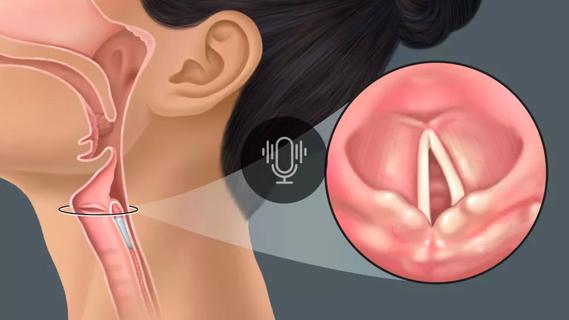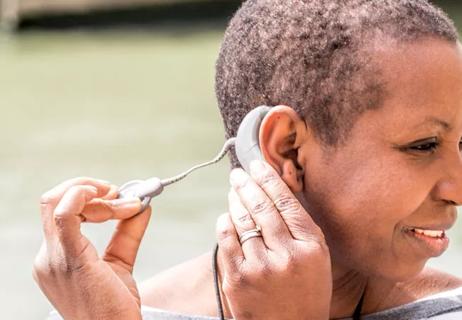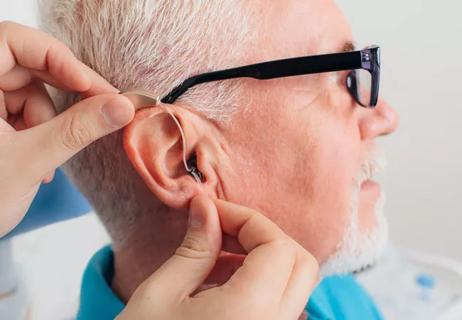Revisiting the surgical treatment options for laryngeal cancer

Cleveland Clinic is a non-profit academic medical center. Advertising on our site helps support our mission. We do not endorse non-Cleveland Clinic products or services. Policy
Despite decreasing incidence in the United States, laryngeal cancer remains one of the three most common head and neck cancers along with oral cancer and oropharyngeal cancer. Advanced laryngeal cancer is difficult to treat and significant improvements in cure rates have not been achieved in the past 25 years. The advent of chemoradiation therapy in the 1990s has made this treatment option available for laryngeal cancer, which was traditionally treated with surgery. In fact, surgeons and head and neck oncologists still largely agree that surgery offers equally good or better tumor control rates for resectable tumors in comparison to chemoradiation therapy, therefore, surgery is the preferred treatment option in those patients whose voice and function can be preserved.
In 2015, the Cleveland Clinic group published data on almost 250 patients with advanced supraglottic laryngeal cancer and found that surgical-based therapy was associated with superior locoregional control and equivalent swallowing function compared to non-surgical therapy. This is consistent with prior data from other academic institutions and supports a treatment algorithm that includes up-front voice conservation surgery for even advanced laryngeal cancer (usually squamous cell carcinoma). However, the frequency of this type of surgery has decreased over the past three decades, therefore, many surgeons have little familiarity with the indications and surgical techniques available for the various forms of laryngeal cancer. This article will attempt to briefly summarize the options.
In general, early glottic tumors (T1 and T2, N0) are equally treated and controlled with either endoscopic surgery or radiation, and the decision is often driven by patient preference and convenience. As long as there is no evidence of distant metastatic spread, supraglottic tumors and select advanced glottis tumors are also best controlled with surgery, and many allow for voice conservation surgery. These latter tumors include most T1-T3 supraglottic tumors, even those with pre-epiglottic space invasion, glottis extension, and/or neck involvement. The selection of the optimal treatment approach is based on both tumor and patient factors. The patient must have adequate pulmonary reserve to withstand the surgery and, potentially, complications such as postoperative aspiration or pneumonia. Furthermore, the patient needs to have a strong desire and perseverance to undergo swallowing therapy that is often necessary after the procedure, due to the anatomic alterations associated with partial laryngectomy.
Modern partial (conservation) laryngectomy includes both endoscopic and open approaches — the choice of the approach is based on the tumor, surgeon’s skill level and patient factors, and not on tumor control as equal control rates are noted with both approaches. Endoscopic approaches to the glottis include microflap excision of the tumors, as well as cordotomy with or without arytenoidectomy. Endoscopic approaches to the supraglottis are aided by laser microsurgery or robotic surgery and include differing extents of supraglottic laryngectomy, even including tongue base resections. Open glottic surgery includes vertical hemilaryngectomy and anterolateral vertical hemilaryngectomy, both usually requiring some sort of local reconstructive surgery, such as a sternohyoid muscle flap, Som flap and/or epiglottic pull-down flap. Standard open supraglottic laryngectomy and supracricoid laryngectomy are options for supraglottic tumors, but these procedures have the greatest impact on swallowing and require a prolonged rehabilitative phase in order for the patient to regain function that is comparable to preoperative levels. Perioperative tracheotomy is a necessity for the more extensive open approaches, but the patient is often decannulated within two weeks of the surgery.
In our paper, five-year freedom from recurrence was noted in 75 percent of surgically treated patients with advanced supraglottic cancer, and overall survival was just over 50 percent. Swallowing results in surgically treated patients were identical to those treated non-surgically, both short-term and long-term. However, it is important to note that several key factors facilitated these results: appropriate surgical experience, careful patient selection, access to skilled speech and language pathologists for vocal/swallowing rehabilitation and readily available perioperative intensive care physicians and units for extensive medical care that many of these patients required. Still, conservative laryngeal surgery in the right setting and with the right patient provides for superior tumor control with equal or superior function to other options and needs to be discussed with the patient.

Injections and surgical procedures are among the therapies for patients with early and late vocal cord paralysis

See you in Nashville, September 30 – October 4, 2023

Please join our staff as we participate in the following sessions at the Combined Otolaryngology Spring Meetings, May 3-7, 2023

Click through to learn more about our program

Using a care pathway approach, the Institute has improved care and reduced costs

Implants can make a difference sooner than you think

New section head shares insight on the hearing health community

There is much more to hearing than hearing aids